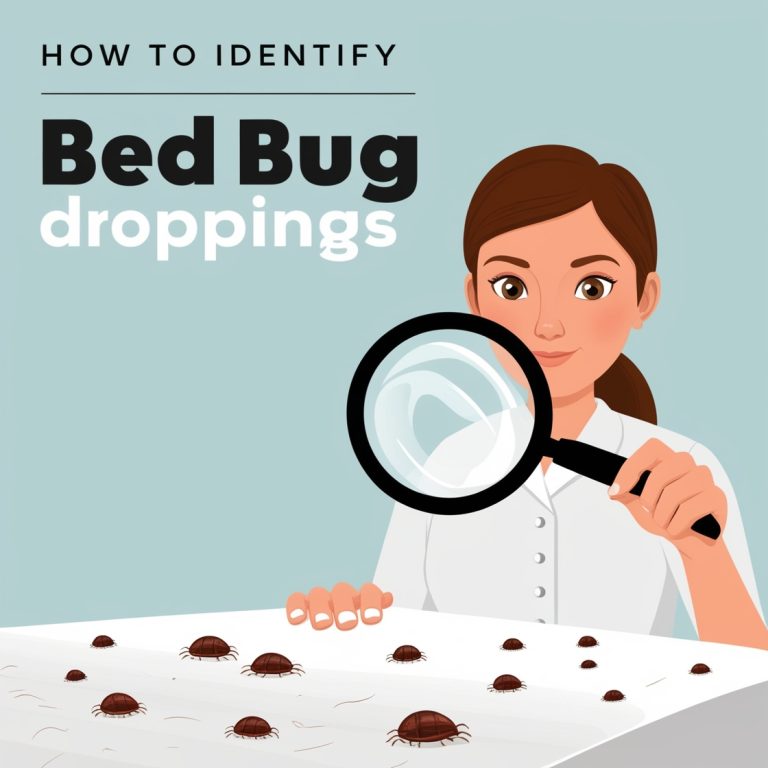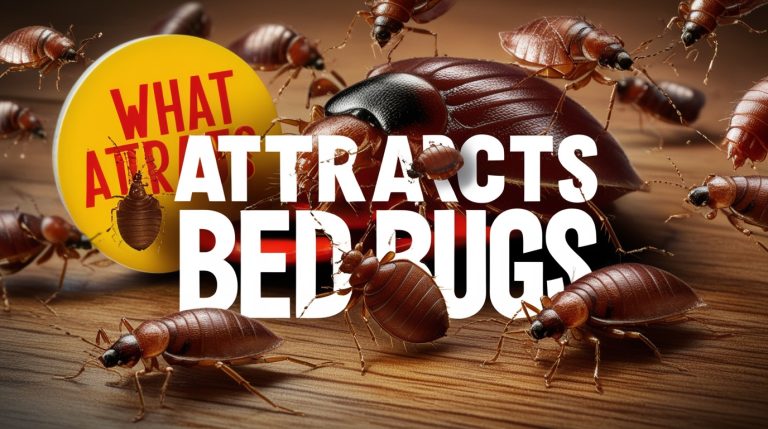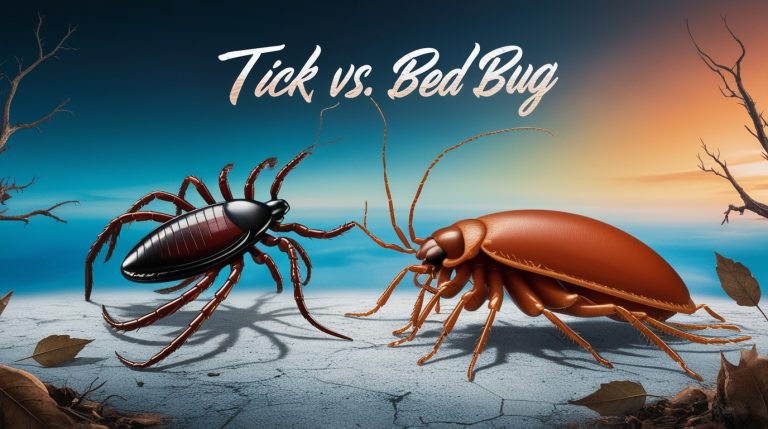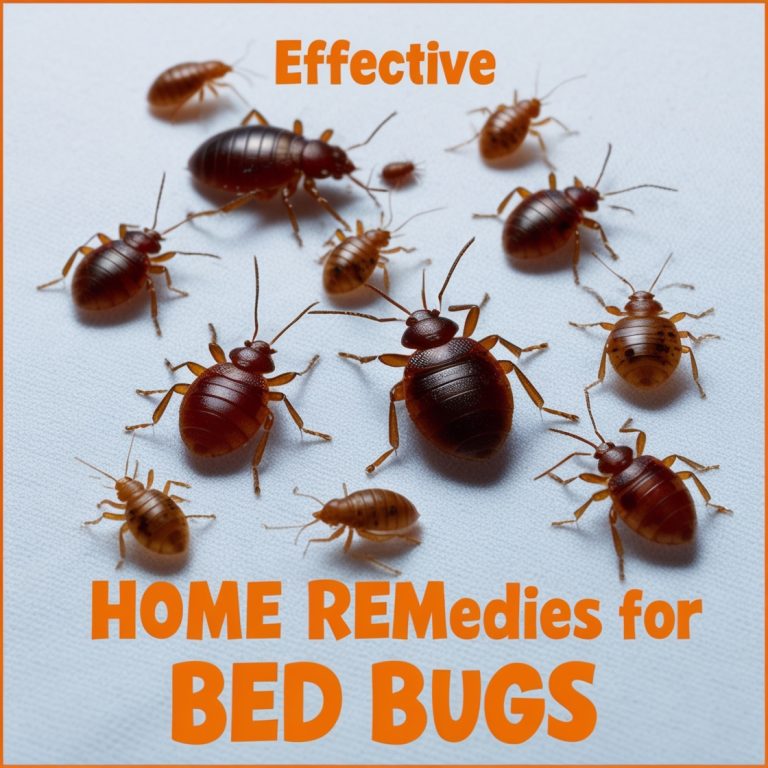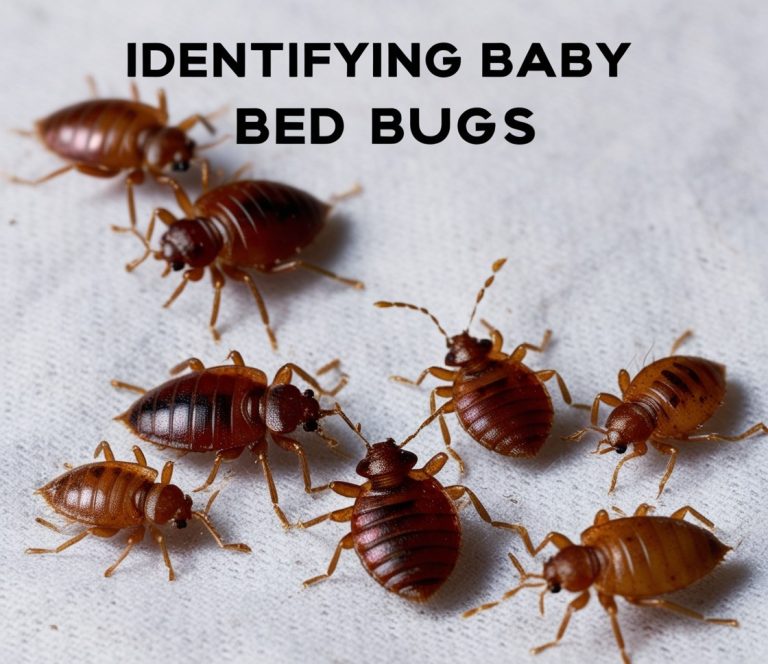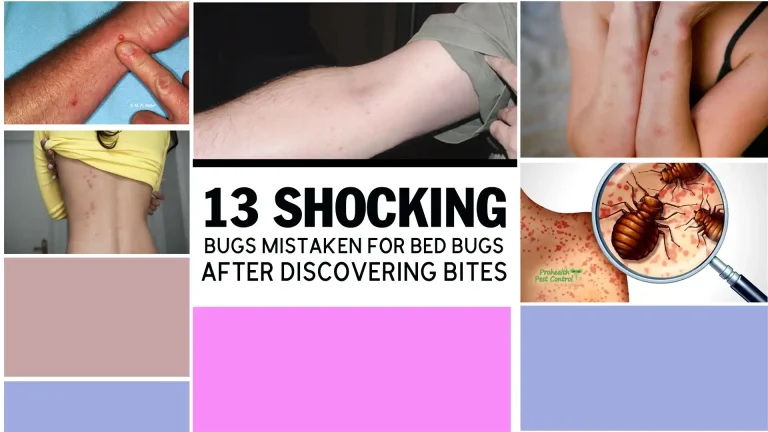Do Bed Bugs Jump or Fly? Understanding Bed Bug Movement and Control
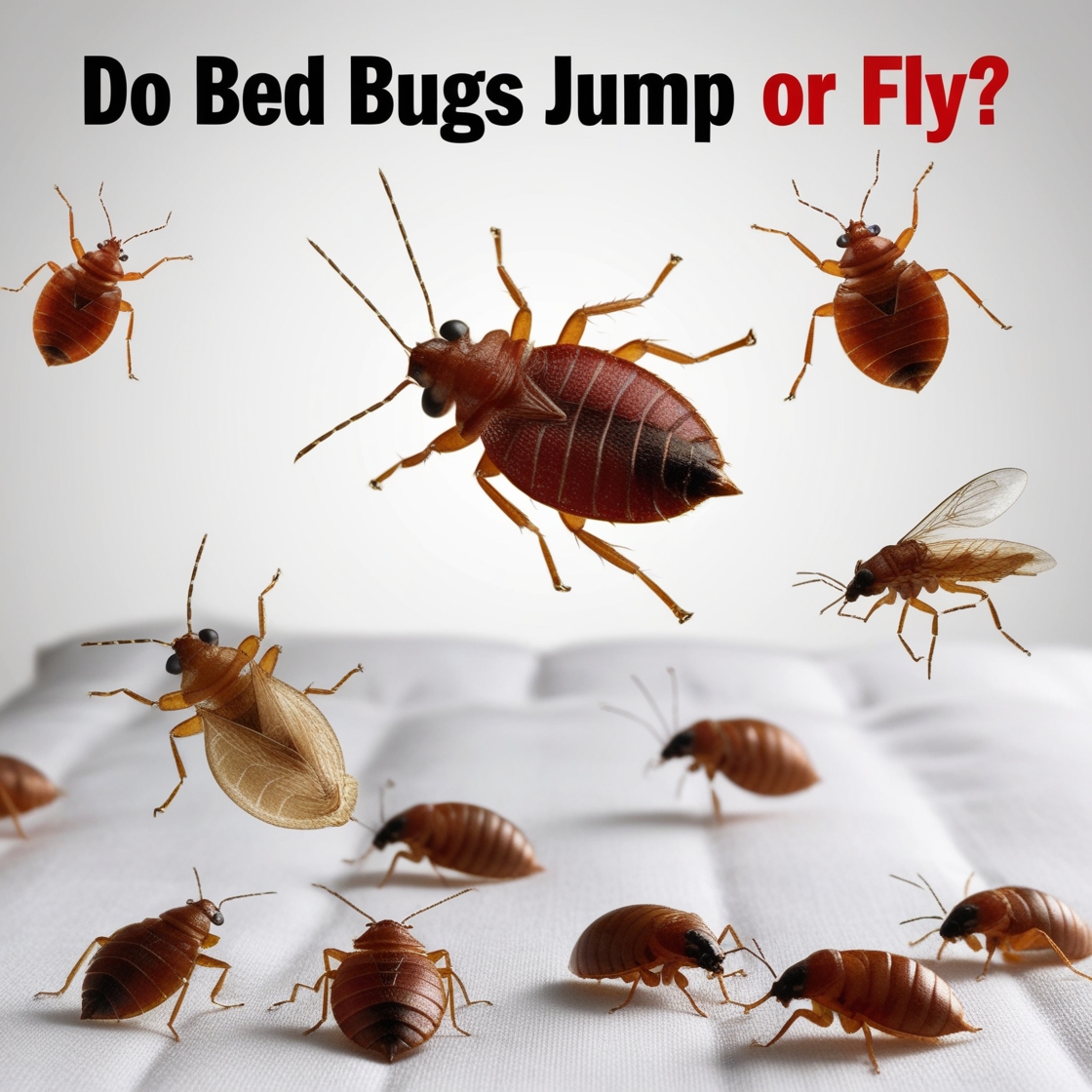
- Understanding Bed Bug Behavior: Do Bed Bugs Jump or Fly?
- Bed Bug Travel and Spread: How They Get Around
- Preventing Bed Bug Infestations: Taking Advantage of Their Inability to Fly or Jump
- Identifying a Bed Bug Problem: What Do Bed Bugs Look Like?
- Getting Rid of Bed Bugs: Professional Pest Control Solutions
Do Bed Bugs Jump or Fly? Discover how bed bugs move, their behavior, and the best strategies for controlling and preventing infestations in your home.
Understanding Bed Bug Behavior: Do Bed Bugs Jump or Fly?
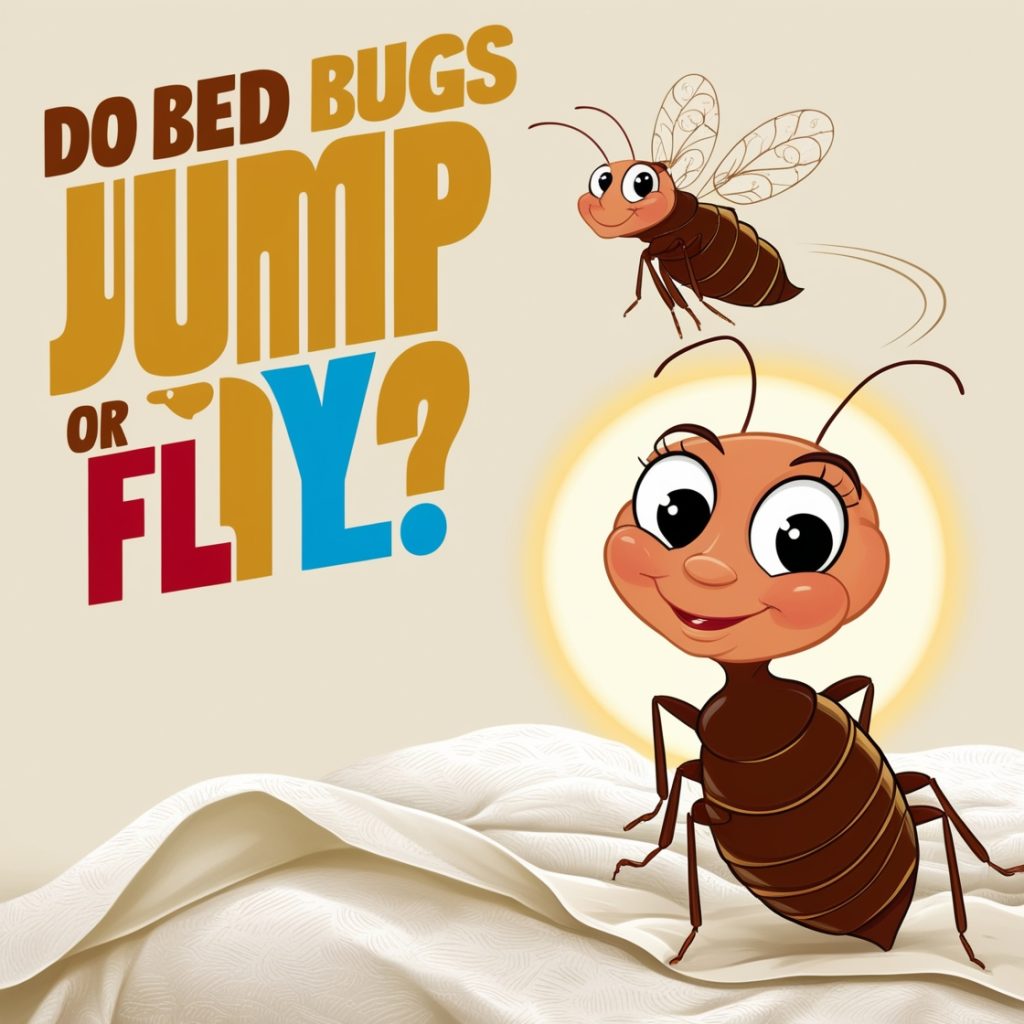
Bed bugs are a common household pest that can cause significant distress for homeowners and tenants alike. These small, wingless insects have been plaguing human dwellings for centuries, feeding on blood and causing itchy bed bug bites. One of the most common questions people have about bed bugs is whether they can jump or fly. Let’s delve into the behavior of these persistent pests and clarify some common misconceptions.
Debunking Myths: Bed Bugs Do Not Jump or Fly
Contrary to popular belief, bed bugs cannot jump or fly. Unlike fleas, which are known for their impressive jumping abilities, bed bugs are not equipped with the physical structures necessary for these modes of movement. Bed bugs are insects that rely primarily on crawling to get from one place to another.
The confusion often arises because people sometimes mistake other insects, such as fleas, for bed bugs. While fleas and bed bugs both feed on blood and can be found in similar environments, their movement patterns are quite different. If you see an insect jumping around your bed or furniture, it’s more likely a flea than a bed bug.
How Do Bed Bugs Move? Fast Crawlers on the Hunt
While bed bugs can’t jump or fly, they are adept crawlers. Bed bugs can move relatively quickly for their size, especially when seeking a food source. These fast crawlers can cover a distance of 3-4 feet per minute on most surfaces. This may not seem fast to us, but for their small size, it’s quite impressive.
Bed bugs typically move from one location to another by crawling along floors, walls, and ceilings. They can also move vertically, climbing up bed frames, headboards, and other furniture to reach their hosts. Their flat bodies allow them to squeeze into tiny cracks and crevices, making them difficult to detect and eradicate.
Bed Bug Travel and Spread: How They Get Around
Understanding how bed bugs travel and spread is crucial for effective pest management and prevention. Since bed bugs cannot fly or jump, they rely on other methods to get around and infest new areas.
How Fast Do Bed Bugs Move?
As mentioned earlier, bed bugs can move quite fast for their size. The question “How fast do bed bugs move?” is common among those dealing with an infestation. Adult bed bugs can crawl about 3-4 feet per minute on most surfaces. This speed allows them to quickly hide when disturbed and to move efficiently between their hiding spots and their food source.
How Bed Bugs Get Into My Home
Bed bugs are excellent hitchhikers, which is their primary method of traveling long distances. They can easily get into your home by attaching themselves to items like luggage, clothing, used furniture, or even books. Here are some common ways bed bugs get around:
1. Travel: Bed bugs can hide in suitcases and travel from hotels or other infested areas to your home.
2. Second-hand items: Purchasing used furniture, especially mattresses and box springs, can introduce bed bugs to your home.
3. Visitors: Guests who have bed bugs in their own homes can unknowingly bring them to yours.
4. Shared spaces: Bed bugs can spread in apartment buildings, dormitories, or other shared living spaces by crawling through small cracks in walls or under doors.
Bed Bugs vs. Fleas: Comparing Movement Patterns
While both bed bugs and fleas are parasitic insects that feed on blood, their movement patterns are quite different. Unlike bed bugs, fleas can jump impressive distances relative to their size. Fleas can leap up to 7 inches vertically and 13 inches horizontally, which is one reason why they’re often confused with bed bugs.
Bed bugs, on the other hand, cannot jump like fleas. They rely solely on crawling to move from one place to another. This inability to jump or fly actually makes bed bugs easier to contain once they’re detected, as they can’t quickly escape or jump onto new hosts.
Preventing Bed Bug Infestations: Taking Advantage of Their Inability to Fly or Jump
The fact that bed bugs cannot fly or jump can be used to our advantage when it comes to pest management and prevention. By understanding their movement limitations, we can implement effective strategies to prevent and control bed bug infestations.
Effective Pest Management Strategies
1. Bed Bug Traps and Interceptors: Since bed bugs can’t jump or fly, bed bug traps and interceptors can be highly effective. These devices are placed under the legs of beds and furniture, trapping bed bugs as they attempt to crawl up. By using bed bug traps at the legs of beds and other furniture, you can create a barrier that bed bugs cannot overcome.
2. Regular Inspections: Regularly inspect your mattress, box spring, bed frame, and headboard for signs of bed bugs. Since they cannot quickly escape by jumping or flying, thorough visual inspections can be very effective in detecting an infestation early.
3. Protective Covers: Use specially designed mattress and box spring encasements. These covers prevent bed bugs from infesting the interior of your mattress or box spring, making it easier to detect and eradicate them.
4. Reduce Clutter: Bed bugs love to hide in clutter. By reducing clutter, you minimize hiding spots for bed bugs and make it easier to detect and eradicate them.
5. Professional Pest Control: If you suspect a bed bug infestation, it’s often best to consult a pest control professional. They have the expertise and tools to effectively eradicate bed bugs.
How to Stop Bed Bug Problems Before They Start
Prevention is key when it comes to bed bugs. Here are some strategies to prevent bed bugs from infesting your home:
1. Be Cautious When Traveling: When staying in hotels or other accommodations, inspect the room for signs of bed bugs before unpacking. Keep your luggage off the floor and bed.
2. Inspect Second-hand Items: Carefully inspect any second-hand furniture, especially mattresses and box springs, before bringing them into your home.
3. Use Protective Covers: Even if you don’t have bed bugs, using protective covers on your mattress and box spring can prevent bed bugs from infesting these items if they do get into your home.
4. Be Aware in Shared Spaces: Be cautious in places with a high volume of people, such as public transportation, movie theaters, or laundromats. Avoid placing personal items on upholstered surfaces when possible.
5. Educate Yourself: Understanding bed bug behavior, including the fact that bed bugs cannot fly or jump, can help you take appropriate preventive measures.
Identifying a Bed Bug Problem: What Do Bed Bugs Look Like?
Knowing what bed bugs look like is crucial for early detection and prevention of infestations. Adult bed bugs are small, oval-shaped insects about the size of an apple seed. They are reddish-brown in color and have flat bodies that become more elongated and reddish after feeding.
Spotting the Signs of an Infestation
While bed bugs themselves can be difficult to spot, there are several signs that might indicate their presence:
1. Small, rust-colored spots on mattresses, upholstery, or walls
2. Tiny, pale yellow eggs and eggshells
3. Shed skins of bed bugs as they grow
4. A sweet, musty odor in heavily infested areas
5. Itchy bed bug bites on exposed skin, often in a line or cluster
Remember, bed bugs are primarily active at night and are excellent at hiding during the day. They prefer to hide in places like mattresses, box springs, bed frames, and headboards, but can also be found in other furniture, behind wallpaper, or in electrical outlets.
Getting Rid of Bed Bugs: Professional Pest Control Solutions
If you’ve confirmed a bed bug infestation in your home, it’s often best to seek professional pest control solutions. Eradicating bed bugs can be challenging due to their ability to hide in tiny cracks and crevices and their resistance to many pesticides.
Why Bed Bugs Are a Challenging Pest to Eliminate
Bed bugs pose several challenges when it comes to pest control:
1. They’re excellent hiders: Bed bugs can squeeze into tiny spaces, making them difficult to locate and treat.
2. They reproduce quickly: A female bed bug can lay hundreds of eggs in her lifetime.
3. They can survive for long periods without feeding: Bed bugs can go several months without a blood meal.
4. They’ve developed resistance to many pesticides: This makes chemical treatments less effective.
5. They spread easily: Bed bugs can easily move from one room to another, making it challenging to contain an infestation.
Comprehensive Approaches to Bed Bug Removal
Effective bed bug eradication often requires a multi-faceted approach:
1. Inspection: A thorough inspection by a pest control professional to determine the extent of the infestation.
2. Treatment: This may include a combination of chemical treatments, heat treatments, and physical removal methods.
3. Follow-up: Multiple treatments are often necessary to ensure complete eradication.
4. Prevention: Implementing strategies to prevent re-infestation.
Remember, while DIY methods can help control bed bugs, a severe infestation often requires professional intervention. Pest control companies have access to more powerful treatments and have the expertise to apply them safely and effectively.
In conclusion, while bed bugs cannot jump or fly, their ability to crawl quickly and hide in tiny spaces makes them a formidable pest. Understanding their behavior, including their movement patterns and hiding preferences, is key to preventing and controlling infestations. By taking advantage of bed bugs’ inability to fly or jump, we can implement effective prevention strategies and control methods. If you suspect a bed bug problem, don’t hesitate to consult with a pest control professional for the most effective solution.

